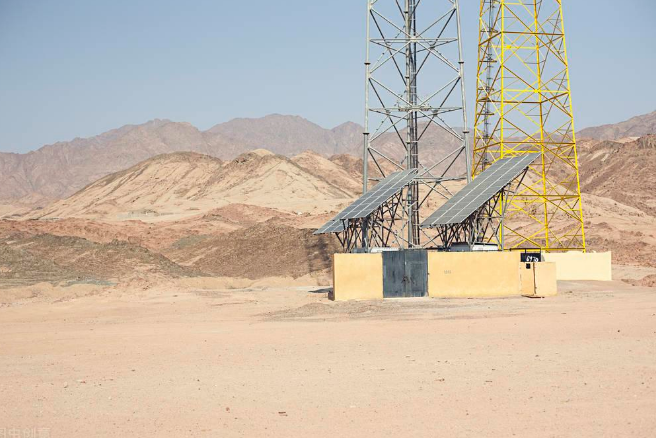Many would argue that the Taklimakan desert is the most inhospitable desert in the world, and because it is relatively flat, rich in silicon (the very bottom of the production chain for making solar panels), it is never short of sunlight (the main reason for solar power). So a lot of people are thinking that if you spread solar panels all over the Taklimakan desert, that will provide the power that the Chinese need?
Many people have different opinions about it. Some people think it's OK, some people think it's not. So let me illustrate these points from the point of view of a manufacturer.
1. Climate. Taklimakan DESERT is the largest desert in China and the tenth largest desert in the world, with a total area of 330,000 square kilometers, equivalent to the area of more than three provinces of Jiangsu Province, and the annual precipitation is below 100 mm, belonging to the arid desert. Although solar panels can absorb solar light and turn it into electricity, only a small portion, but not all, of it is returned to the atmosphere as heat, contributing to global warming, warming the tropics and melting ice in the Arctic.
2. Desert mobility. The Taklimakan Desert is also the world's second largest mobile desert. If solar panels can cover the entire desert area, but if the desert vortex causes the entire solar power system to sag, it will be a big loss.
 3. Solar panel surface cleaning problem. Normally, the surface cleaning of solar panels and dc cable for solar takes half a year to one year, mainly to clean the dust covered by the surface, so as to avoid that the dust is too thick to make the solar panels unable to generate electricity. However, if it is in the desert, the water source is lacking first, and the cleaning is very difficult. Secondly, in the desert, there are often sandstorms. The frequency of cleaning will certainly become higher. If we want to solve this problem, we must plant trees, which will inevitably cost a lot of manpower and material resources, and the project schedule will be delayed.
3. Solar panel surface cleaning problem. Normally, the surface cleaning of solar panels and dc cable for solar takes half a year to one year, mainly to clean the dust covered by the surface, so as to avoid that the dust is too thick to make the solar panels unable to generate electricity. However, if it is in the desert, the water source is lacking first, and the cleaning is very difficult. Secondly, in the desert, there are often sandstorms. The frequency of cleaning will certainly become higher. If we want to solve this problem, we must plant trees, which will inevitably cost a lot of manpower and material resources, and the project schedule will be delayed.
4. The desert high temperature reduces the output voltage of components, affects the open circuit voltage, leads to insufficient system charging, and affects the service life of the equipment.
5. Cost. First the taklamakan desert area of 33 square kilometers, covering the cost of solar panel area will be around 10 billion, or more, then add considering other problems such as water resources, the cost is sure to rise, as well as how many electricity, this can only rely on the simple forecast, because there are many unpredictable natural factors, second, even if can predict, It will inevitably cost more than our current electricity bill. The life span is shorter, so the return to the original will be slower or impossible.
Taking these factors into account, spreading solar panels across the Taklimakan desert could provide power the Chinese need, but at a cost that is not cost-effective.